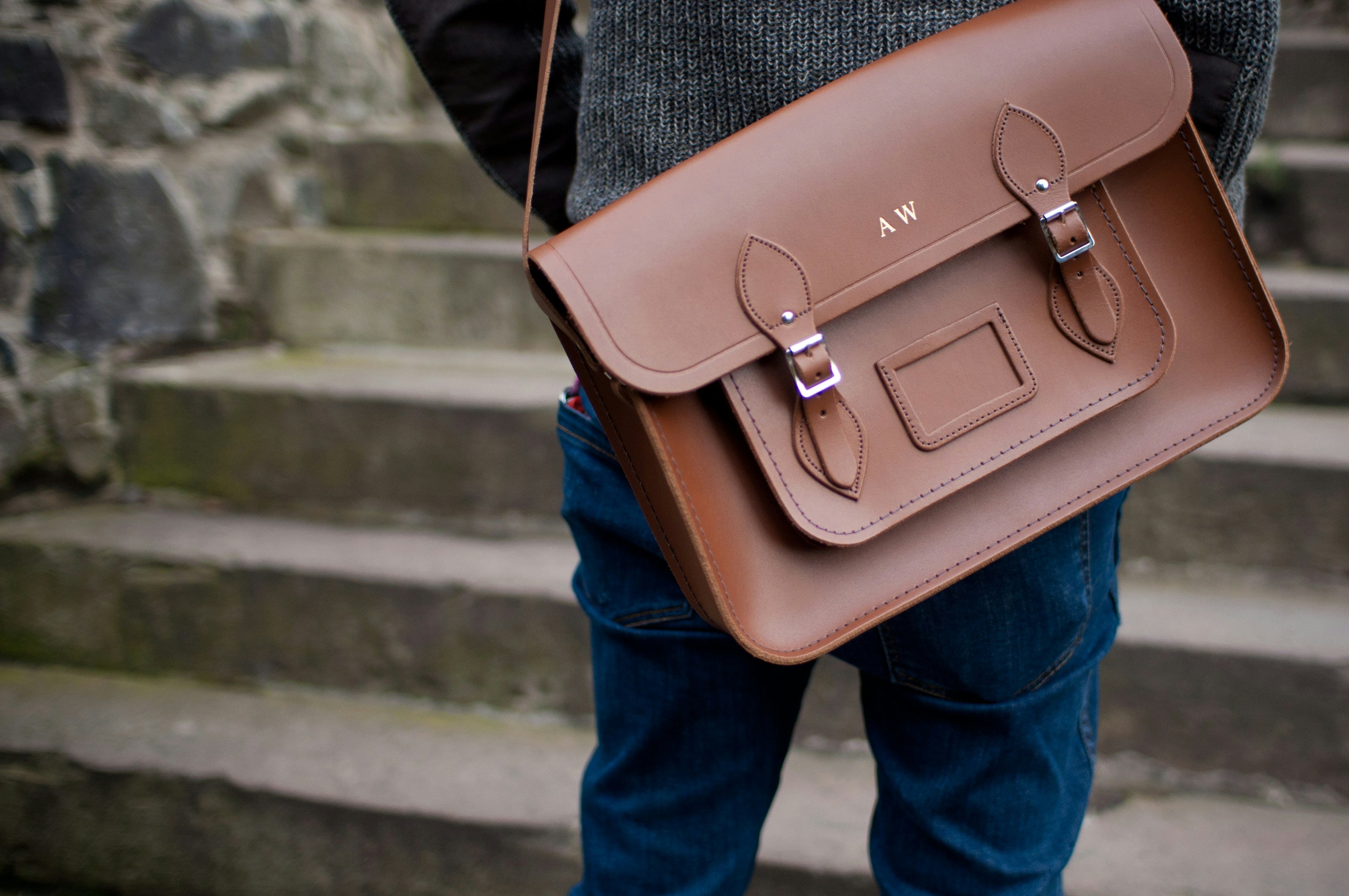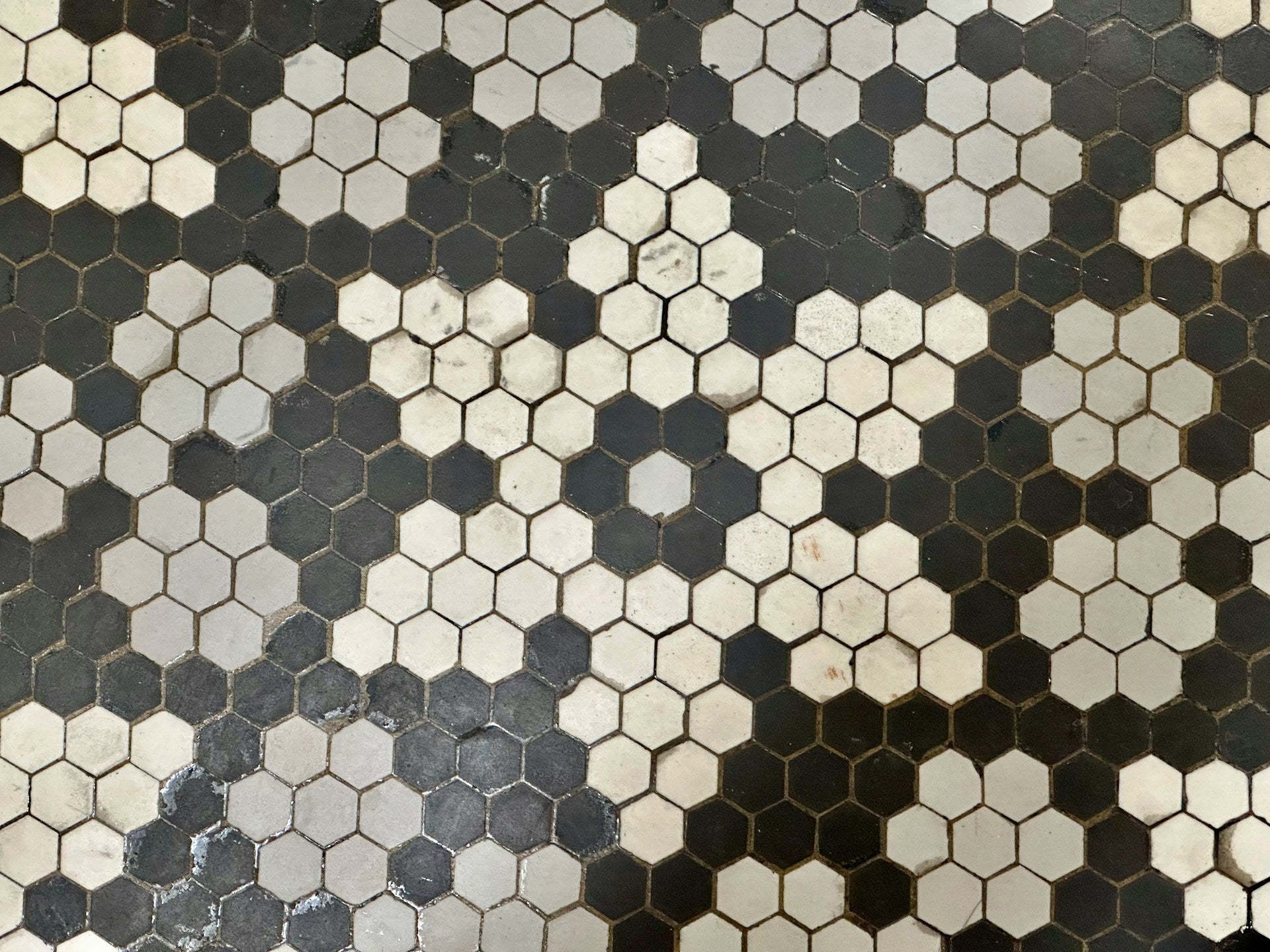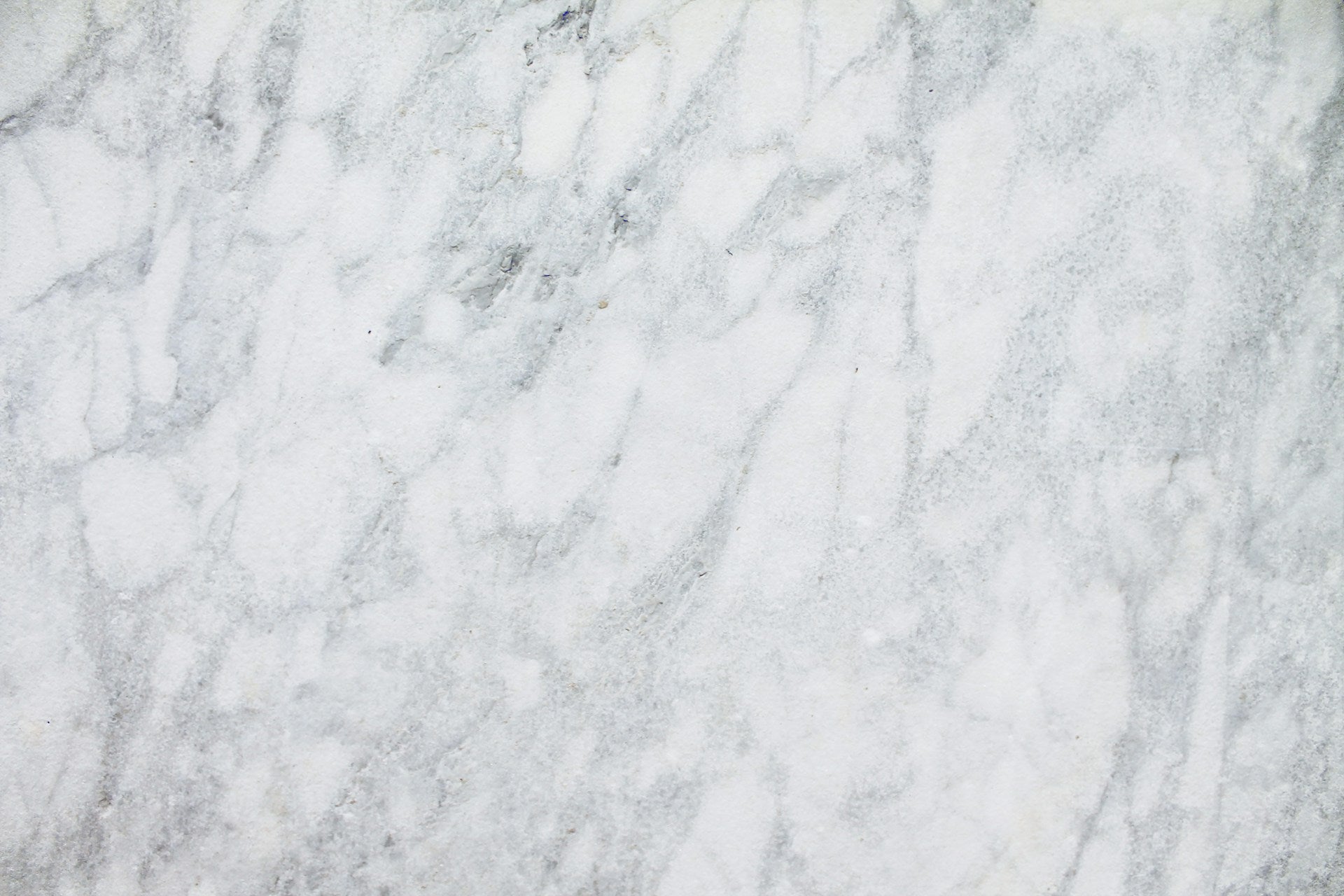
How to Clean Vegan Leather With Expert Tips
Vegan leather has become a popular alternative to traditional leather due to its eco-friendly and cruelty-free properties. However, like any material, it requires proper care to maintain its appearance and durability. Discover effective cleaning methods that will help you keep your vegan leather items looking as good as new.
Why Care is Important
Vegan leather is less porous than real leather, meaning it doesn't absorb moisture as easily. However, improper cleaning methods or exposure to harsh conditions can cause the material to crack, fade, or lose its texture.
Understanding Vegan Leather vs Animal Leather

Vegan leather, also known as synthetic leather, is typically made from materials such as polyurethane (PU) or polyvinyl chloride (PVC).
These materials mimic the look and feel of real leather but are made without any animal products. Although it is more resistant to stains and scratches than genuine leather, vegan leather still requires proper care to prevent damage and extend its lifespan.
Vegan Leather vs. Animal Leather
When comparing vegan leather to animal leather, the key differences lie in their care and durability. While animal leather is more porous and prone to staining, it can be more durable if properly maintained.
Vegan leather, on the other hand, is less likely to stain and is easier to clean but may be more prone to cracking over time if not cared for correctly.
Vegan Leather vs. PU Leather vs. Faux Leather
Vegan leather, PU leather, and faux leather are often used interchangeably, but there are subtle differences. PU leather is a type of vegan leather made from polyurethane, offering a balance between durability and flexibility.
Faux leather is a broader term that can include both PU and other synthetic materials. All require similar care, but the quality and longevity may vary depending on the specific material used.
How to Clean Vegan Leather: Step-by-Step Guide

What You'll Need:
- Microfiber cloth
- Mild soap
- All-purpose cleaner
- Stain remover
- Clean water
- Vegan leather conditioner (optional)
Internal cleaning:
Begin by using a soft microfiber cloth to gently wipe away any dust or debris on the surface of the vegan leather. This step helps prevent dirt from being rubbed into the material during the cleaning process.
If the vegan leather item has an interior lining, start by using the vacuum cleaner's brush attachment to remove dust and debris. This is especially important for bags or jackets where dirt can accumulate in pockets and corners.
Dampen a cloth with natural all-purpose cleaner to clean your vegan leather safely. Avoid harsh chemicals, as they can damage the material. You can also dampen a cloth with a solution of water with a few drops of mild dish soap to wipe down the inside.
After cleaning, use a clean, damp cloth to remove any soap residue if you used a mild soap. It's important to ensure that all cleaning agents are wiped away to prevent any build-up that could harm the material. Let the vegan leather air dry completely, keeping it away from direct sunlight to avoid fading.
External cleaning:
Apply a small amount of a stain remover that is safe for use on vegan leather directly to the stained area. Use a clean, damp microfiber cloth to gently dab the stain, working from the outside in to prevent spreading. Avoid rubbing too hard, as this can damage the material.
Spray all-purpose cleaner on the item ensuring it’s not too wet. Wipe down the entire exterior surface in Z motions, paying special attention to areas that may have accumulated grime. It should evaporate a few seconds after passing through with the microfiber cloth.
While some people apply conditioning, there’s no need for it in vegan leather because it’s a different material. It won’t dry out the same way as real leather.
Common Mistakes to Avoid

Caring for vegan leather is relatively simple, but there are a few common mistakes that can cause damage.
- Over-wetting - Avoid using excessive water, as vegan leather is not as absorbent as real leather and can be damaged by too much moisture.
- Using Harsh Chemicals - Products like bleach or strong detergents can degrade the material, leading to cracks or discoloration.
- Direct Sunlight - Prolonged exposure to sunlight can cause the material to fade and become brittle over time.
Tips for Long-Term Care of Vegan Leather
Keep your vegan leather in its best condition for the duration of its serviceable life with the following tips.
- Storage - Keep your vegan leather items in a cool, dry place when not in use. Avoid storing them in direct sunlight or areas with high humidity, as this can cause the material to deteriorate.
- Regular Maintenance - Incorporate a light cleaning routine every few weeks to keep your items looking fresh. Regular dusting and spot cleaning can go a long way in preserving the quality of vegan leather,


























